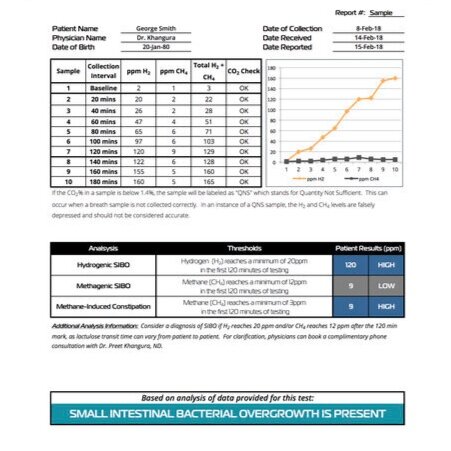Don't get me wrong I love chocolate in my cookies but these are a great alternative for a "healthy" treat at tea time. Ok, not so healthy with 1 cup of sugar in them, but the oats are a great source of fibre for gut health from their beta-glucans. Beta-glucans are prebiotics that are fermented by the good bugs in our gut. In that fermentation process, the bugs produce short chain fatty acids, such as butyrate, which provides energy for the intestinal cells. Beta-glucans also increase the viscosity of our food moving through the intestines, allowing more time for nutrient digestion and absorption.
On to the recipe!
Ingredients:
1 cup butter (or vegan butter in my case)
1/2 cup coconut sugar (or whatever you have at this point!)
1/2 cup lightly packed brown sugar
1 egg
1 tsp vanilla
1 cup shredded unsweetened coconut
1 1/2 cups gluten free flour (or spelt flour - both are delicious)
1 1/2 cups oats (large flake or quick)
1 tsp baking powder
1 tsp baking soda
1/4 tsp salt
Directions:
Preheat the oven to 375F and line a baking sheet with parchment paper.
Beat the butter, sugar & brown sugar until light and fluffy, around 1-2 minutes (By hand like me or with electric mixer). Add the egg & vanilla and mix/beat again to combine. Add the remaining ingredients & mix until well combined and the mixture sticks together, around 1 minute.
Scoop about 2 tbsp of dough into a ball, rolling with your hands (or use an ice cream scoop), and place them evenly spaced on the prepared baking sheet (work in batches). Press down lightly with your hands to slightly flatten the cookies. Bake until lightly golden brown around the edges, 8-10 minutes. Remove from the oven, transfer the cookies to a cooling rack, and repeat with the remaining dough.
Enjoy!
In health & happiness,
Dr. Karen
(Recipe adapted from fraicheliving.com)





